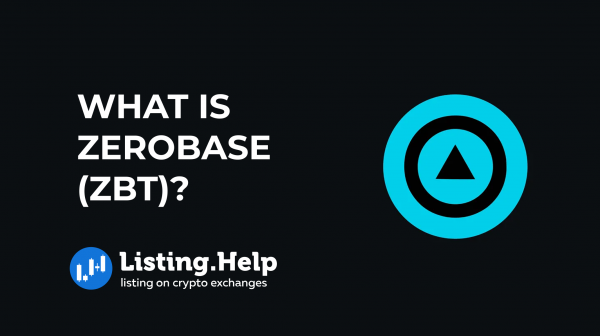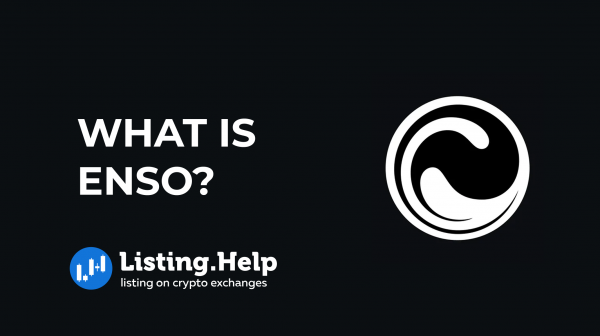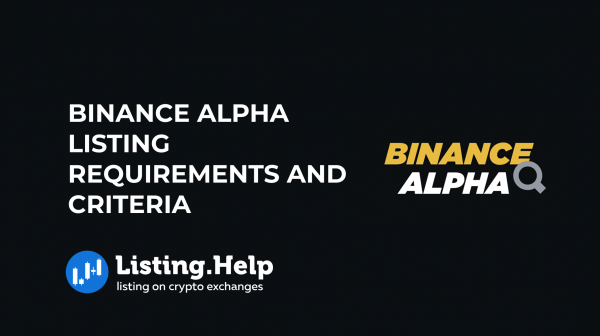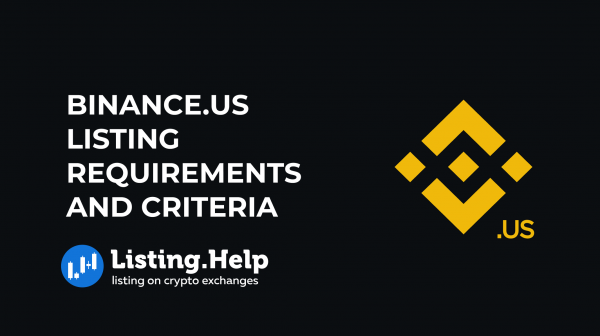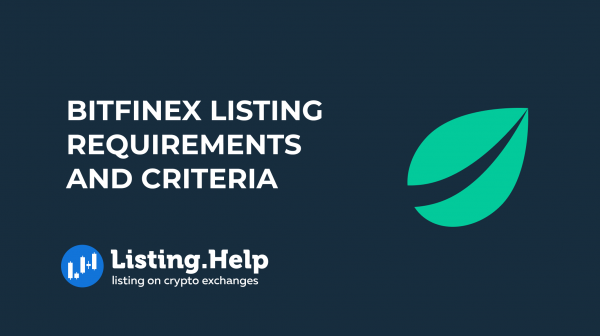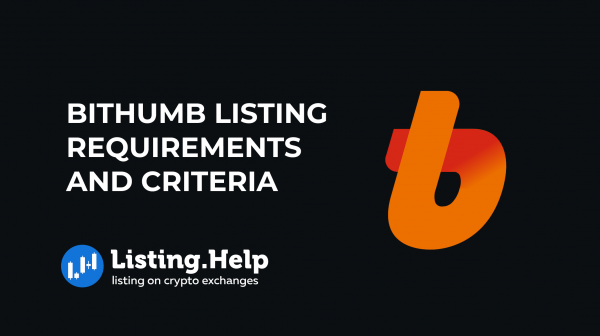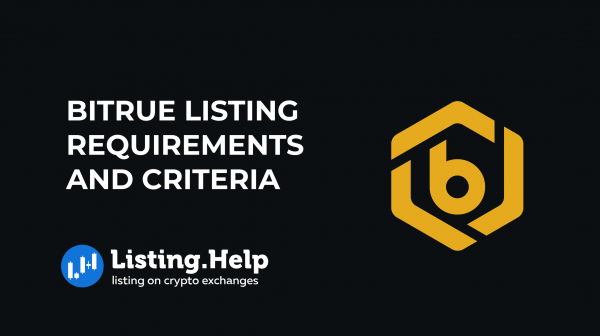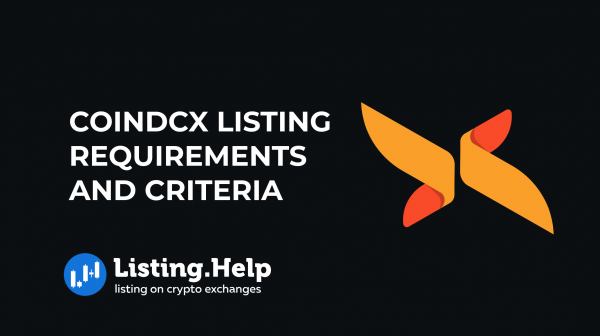What is Avantis (AVNT)?
 October 10, 2025
October 10, 2025 Updated: October 10 2025, 01:46
Updated: October 10 2025, 01:46
LEAVE A REQUEST
Launching your own token project? Our experts are ready to help with listing on exchanges, market making, marketing and other solutions
SUBMIT APPLICATIONAvantis is a decentralized exchange (DEX) designed for perpetual futures trading on the Layer 2 Base network. It enables leveraged trading across cryptocurrencies and real-world assets (RWAs), including forex, commodities, and index funds.
Traders can open long or short positions, while liquidity providers supply USDC to support market activity. With features like zero-fee perpetuals, loss rebates, and USDC vaults that balance liquidity and risk, Avantis offers a streamlined way to access leveraged trading across multiple DeFi markets.
Perpetual Futures
Perpetual futures let traders speculate on an asset’s price without owning it. Unlike traditional futures, these contracts have no expiry, so a position can remain open as long as collateral requirements are met.
They’re usually settled in stablecoins, and leverage allows traders to control larger positions with smaller deposits. This magnifies both profit and loss potential, giving traders the flexibility to go long or short on an asset’s movement without direct ownership.
How Avantis Works?
Vaults and Liquidity Providers
Avantis operates on a capital pool system. Liquidity is stored in USDC vaults that support all trading activity. Traders deposit USDC as collateral for leveraged positions, while liquidity providers fund the vaults that back the trades.
Liquidity providers earn returns from trading fees and trader losses. Deposits are divided into tranches, giving providers a choice between lower-risk, steady-yield senior tranches or higher-risk junior tranches with greater upside potential. This structure lets participants match investments to their risk appetite.
Keeper Fees
Every Avantis transaction takes place on-chain. To process trades efficiently, the system relies on a decentralized network of keeper bots that submit transactions for users. Each trade involves a small keeper fee that supports this operation.
These fees adjust dynamically based on network conditions like gas prices, ensuring fair pricing and consistent trade execution without unnecessary overpayment.
Oracle System
Avantis sources market data through external oracles rather than maintaining its own order book. It uses Pyth Network for rapid price updates and Chainlink as a decentralized backup. Pyth provides near real-time data for fast execution, while Chainlink adds redundancy for reliability.
Before finalizing a trade, Avantis compares prices from both oracles. If they differ by more than 5%, the trade is canceled to prevent unfair execution. This system helps maintain accurate pricing, especially during volatile conditions.
Key Features of Avantis
Zero-Fee Perpetuals (ZFP)
With zero-fee perpetuals, traders pay no upfront fees when opening or closing positions. Instead, a fee is charged only if the trade is profitable. For example, if a leveraged ETH position loses value, the loss reflects only market movement — no added costs.
When a trade is profitable, a portion of the gain is taken as a fee, and the trader keeps the majority. This model helps reduce trading costs, especially for frequent or high-leverage strategies.
Loss Rebates
Loss rebates reward traders who take less crowded positions. If most users are long and you open a short, you may receive a rebate that offsets part of a losing trade. This feature helps maintain market balance and reduces systemic risk for liquidity providers.
Revenue Distribution
Collected fees are shared between liquidity providers and the Avantis treasury. Providers receive 60% of total fees for their contribution to market liquidity, while 40% goes to the treasury to support incentives, competitions, and vault insurance. This allocation helps sustain both growth and user participation.
Risks and Considerations
Using Avantis involves financial risk. Liquidity providers face potential losses if traders perform well, and while contracts are audited, vulnerabilities in smart contracts can still occur.
For traders, leverage amplifies both gains and losses, making positions more volatile. RWAs such as forex or commodities can also experience gaps between market sessions, leading to slippage in stop-loss or take-profit orders.
What is the AVNT Token?
The AVNT token powers the Avantis ecosystem, capped at a total supply of 1 billion. It serves several purposes within the protocol:
- Governance: Token holders can vote on system upgrades, fees, and expansion plans.
- Fee Discounts: Staking AVNT reduces trading costs on both standard and zero-fee perpetuals.
- Loyalty Rewards: Long-term stakers receive benefits in airdrops and loyalty programs.
- Security Module: Stakers can protect liquidity providers during shortfall events, earning rewards while taking on risk.
The AVNT token is listed on many platforms, including Bitrue, Bitget, Poloniex and CoinDCX. If you’re looking to list your token on similar platforms, understanding the token listing process and crypto exchange listing fees is essential.
Conclusion
Avantis brings together perpetual futures, leverage, and structured liquidity in one decentralized platform. Features like zero-fee perpetuals, a dual-oracle system, and loss rebates are designed to make trading more efficient and fair for both sides of the market.
Still, leveraged trading and liquidity provision are inherently risky. Participants should understand these risks clearly and only allocate funds they’re prepared to lose.

For more insights and updates on the crypto world, don’t forget to check out our blog at Listing.Help.




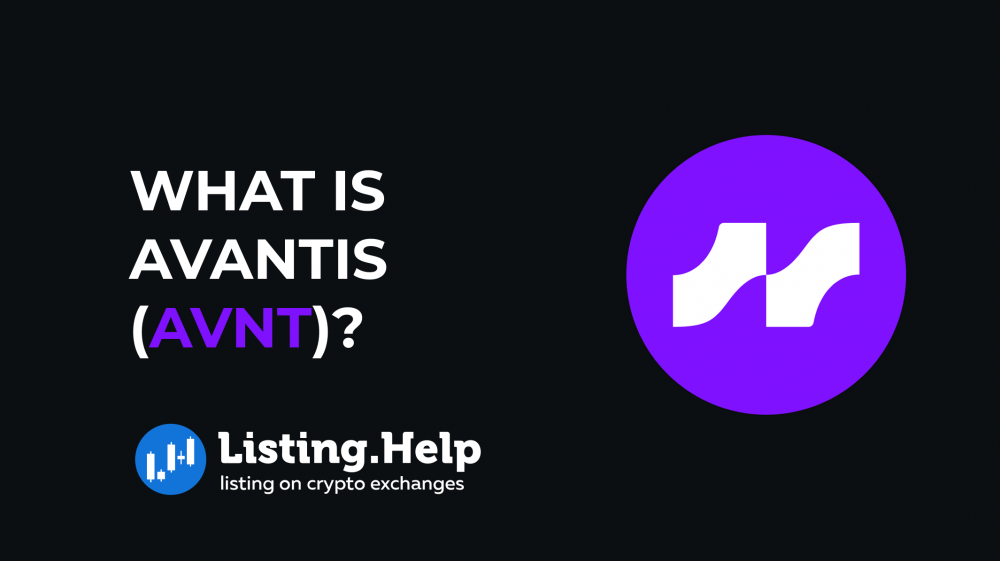

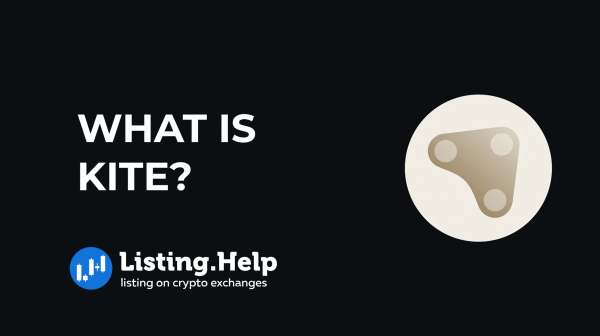
 December 3, 2025
December 3, 2025 